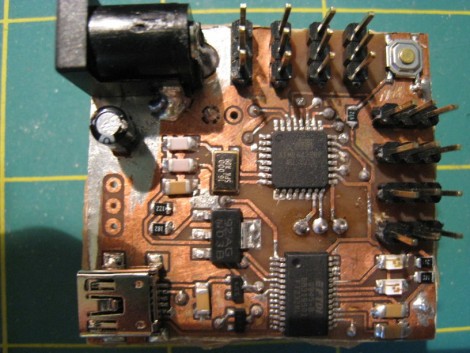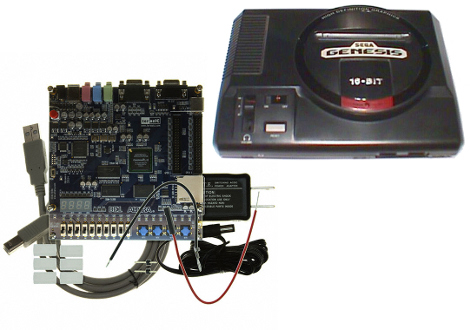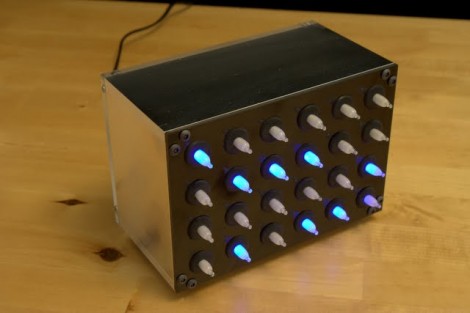[youtube=http://www.youtube.com/watch?v=tItOOpyJP5k]
Even if you have no interest in making these yourself, you might enjoy this educational instructable about making your own glow sticks. Comprised of a very short list of chemicals, all available online, the process is fairly simple. If you’re feeling like you want to take on a little more complicated chemistry project, you can also make the TCPO component your self, possibly saving some money as the individual components are cheaper than the final product. As they note, it is just cheaper and easier to buy a glow stick, unless you are making mass quantities.














